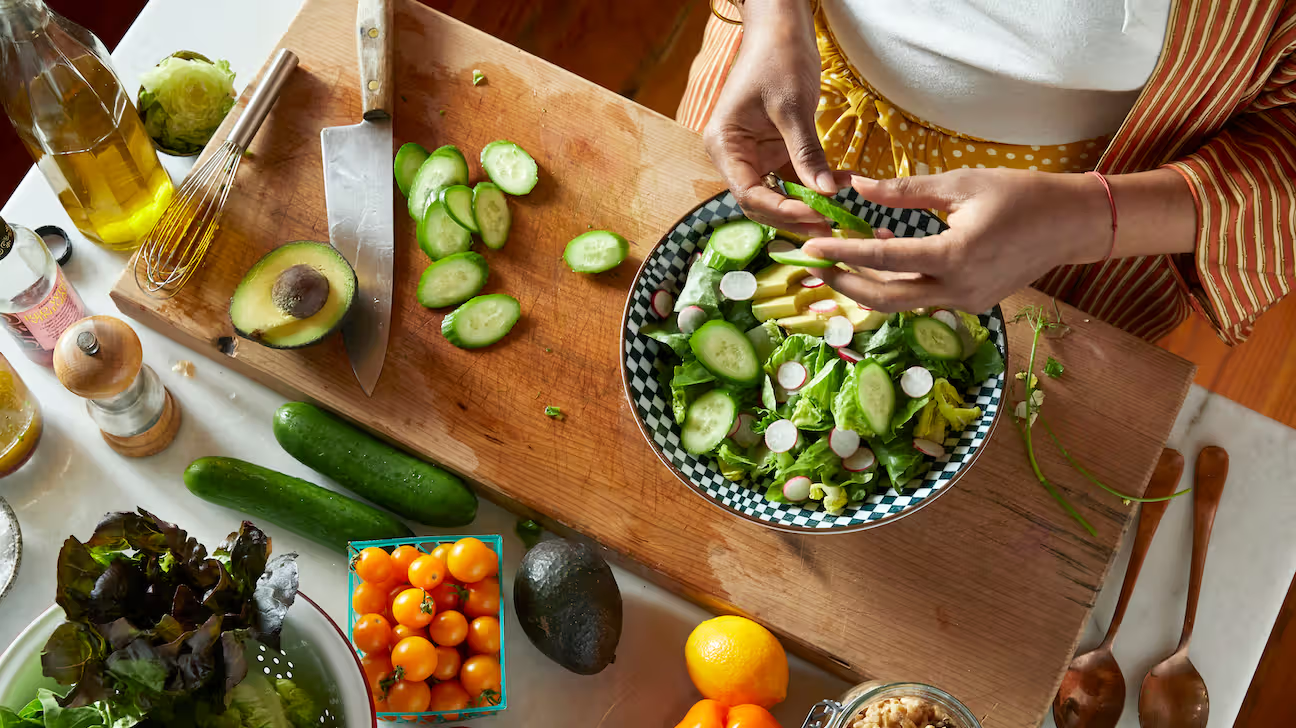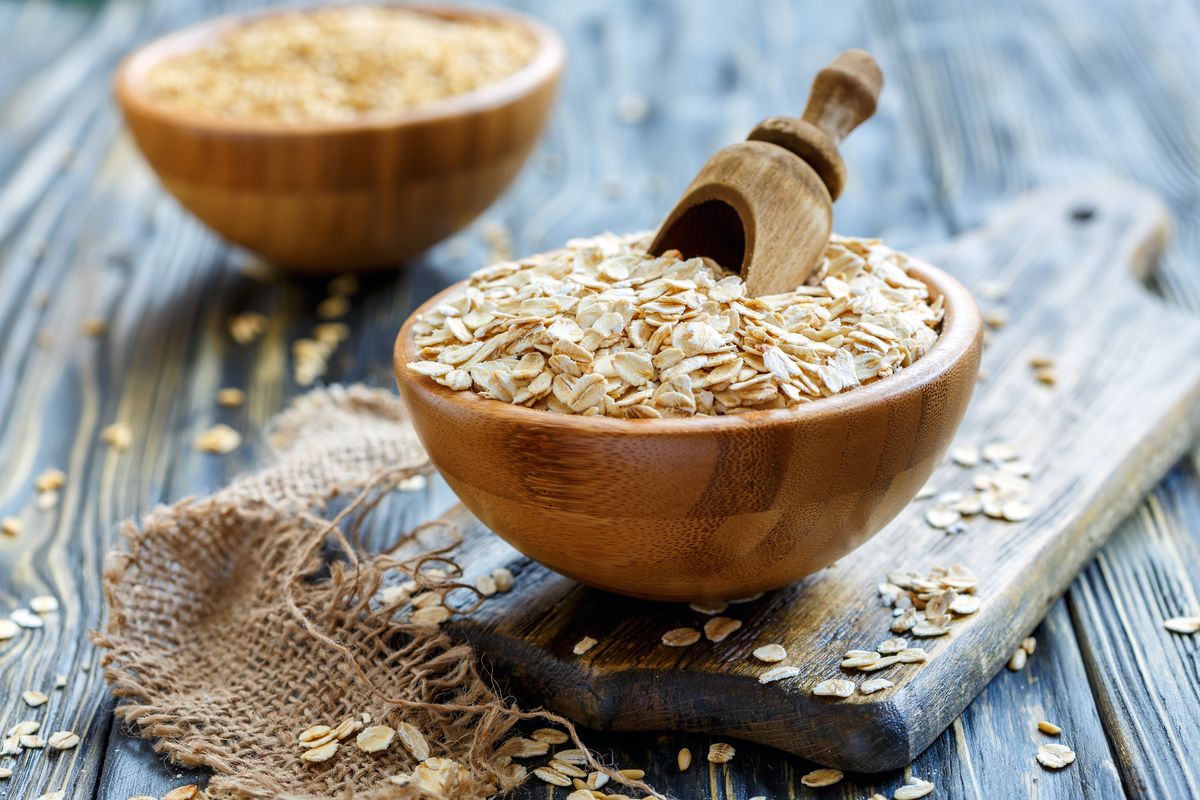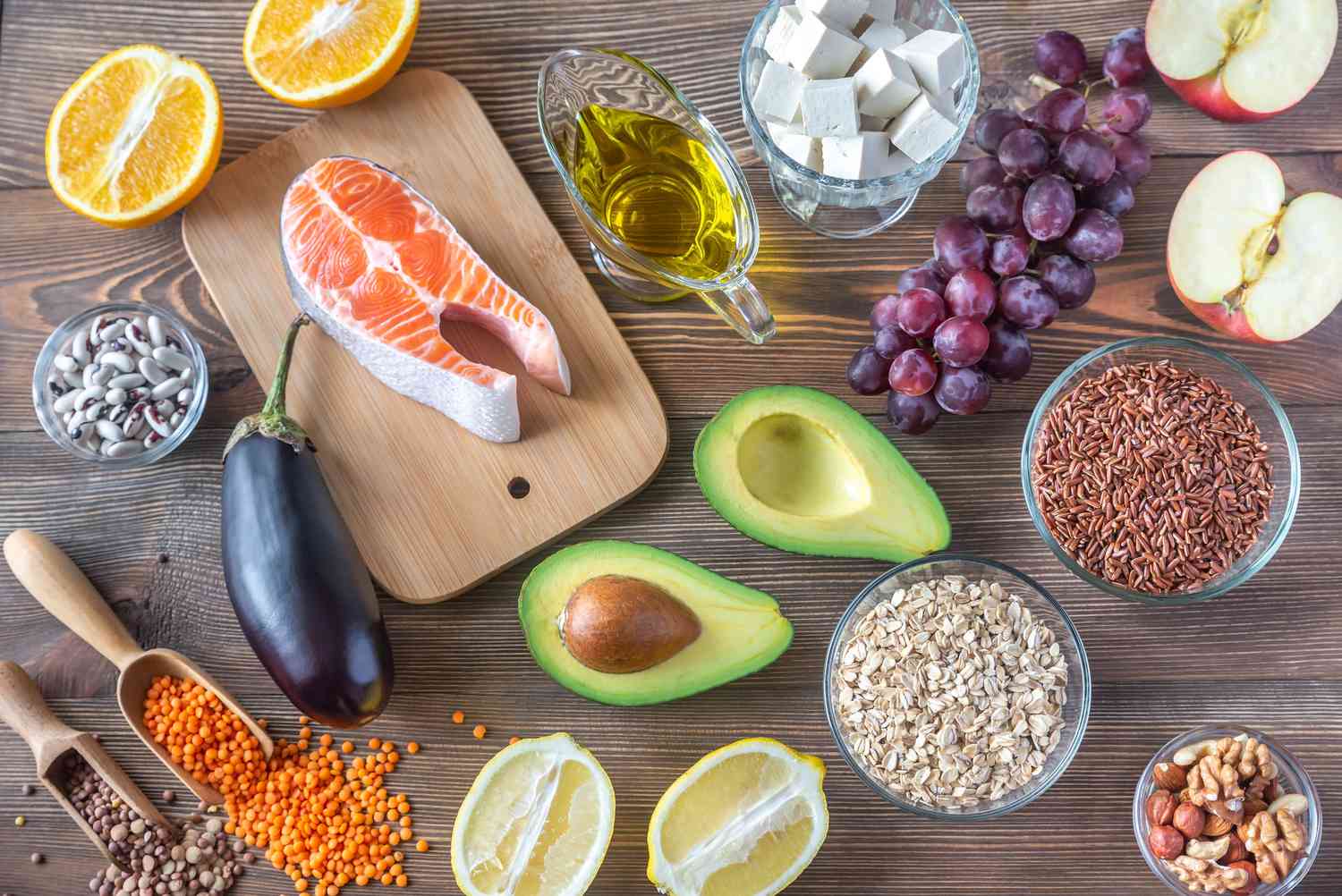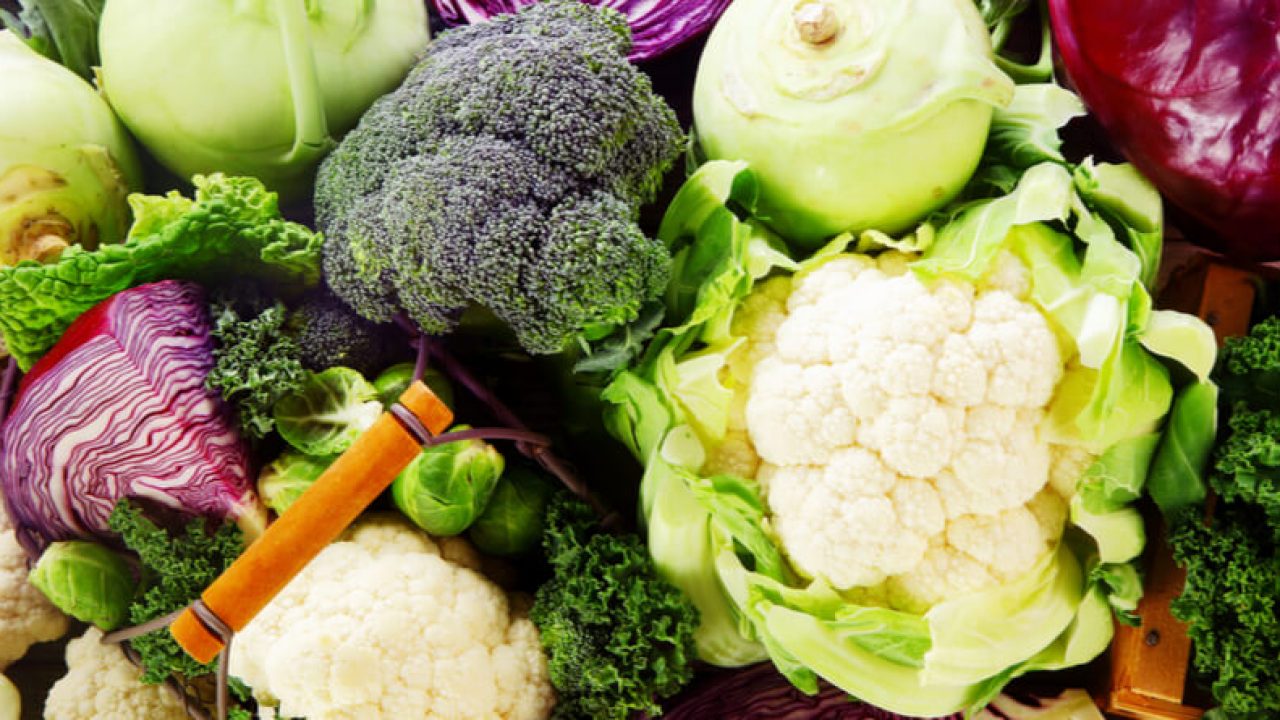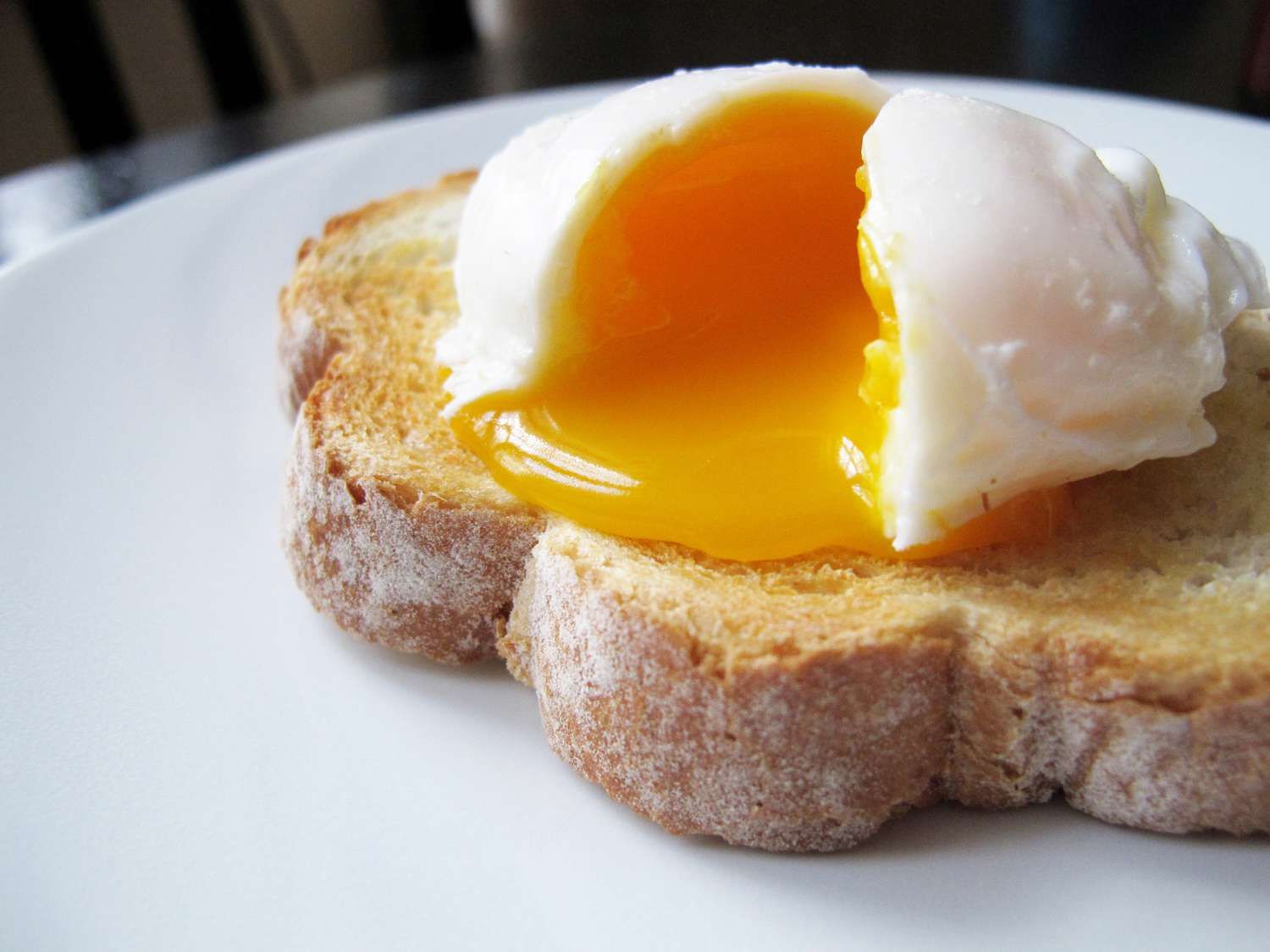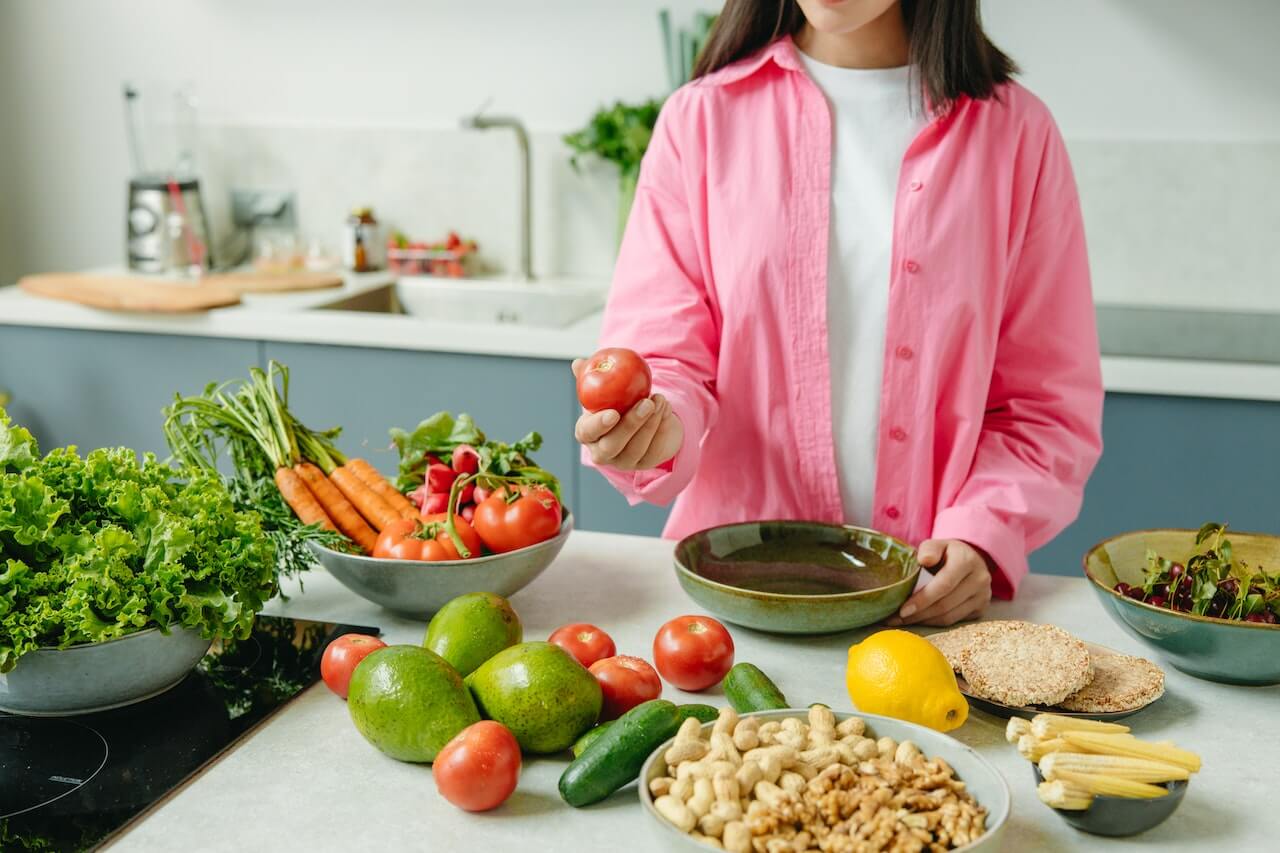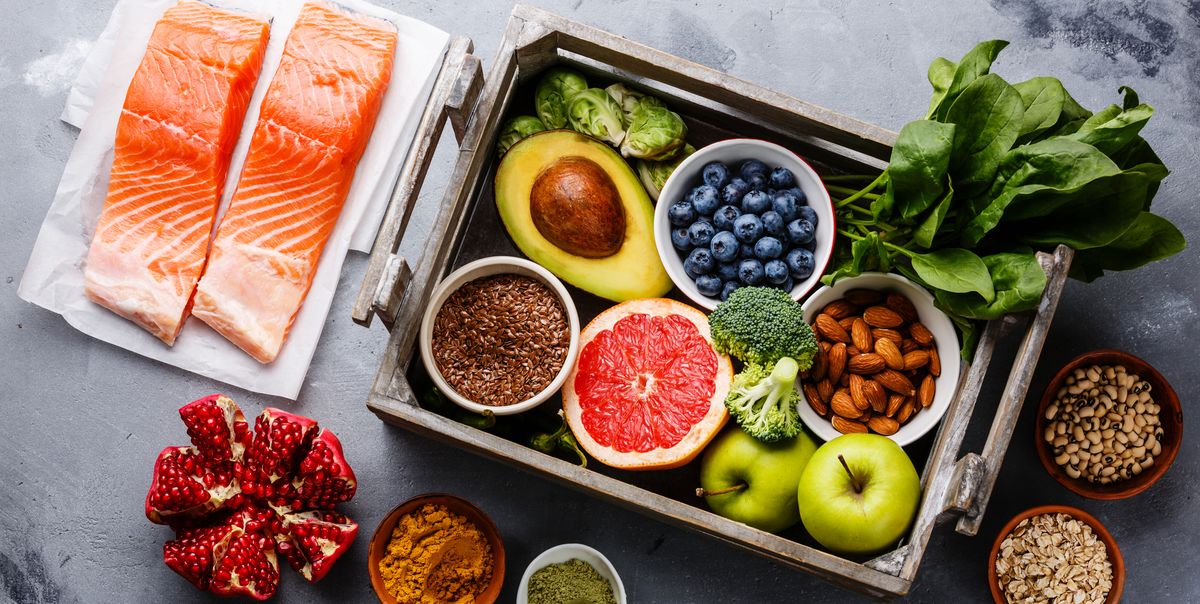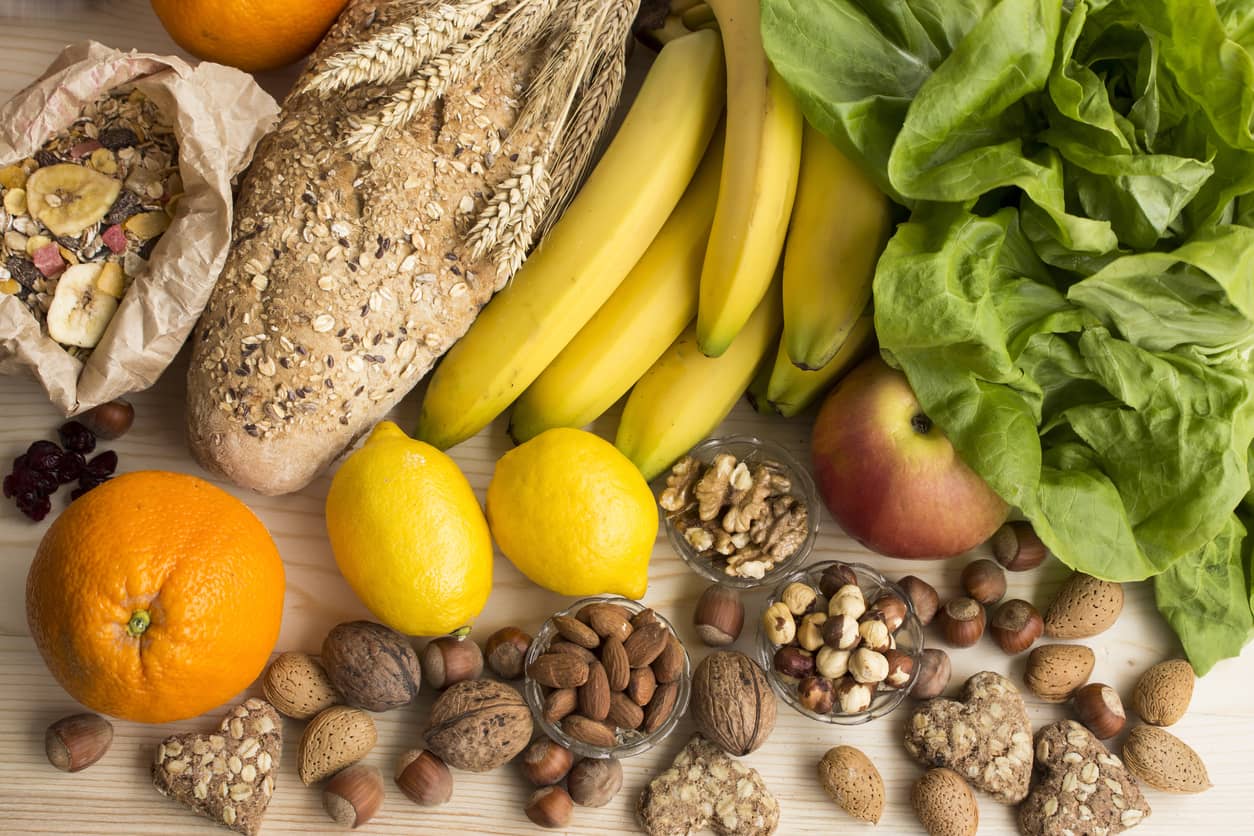Lowering Cholesterol Through Diet: A Delicious Approach
High cholesterol levels can increase the risk of heart disease and stroke. While medication can help manage cholesterol levels, making dietary changes can also play a significant role in lowering cholesterol. Incorporating cholesterol-lowering foods into your diet can be a delicious and effective way to improve your heart health.
Include These Cholesterol-Lowering Foods in Your Diet
When it comes to lowering cholesterol through diet, certain foods can be particularly beneficial. Here are some cholesterol-lowering foods that you can easily incorporate into your meals:
- Oats: Start your day with a bowl of oatmeal or overnight oats. Oats are rich in soluble fiber, which can help lower LDL cholesterol, the “bad” cholesterol.
- Legumes: Beans, lentils, and chickpeas are excellent sources of soluble fiber and plant-based protein, both of which can help lower cholesterol levels.
- Fatty Fish: Salmon, mackerel, and sardines are packed with omega-3 fatty acids, which can help reduce triglycerides and increase HDL cholesterol, the “good” cholesterol.
- Nuts: Almonds, walnuts, and pistachios are heart-healthy snacks that contain monounsaturated fats, fiber, and plant sterols, all of which can help lower cholesterol.
- Avocados: Creamy and delicious, avocados are a great source of monounsaturated fats, which can help lower LDL cholesterol.
- Fruits and Vegetables: Colorful fruits and vegetables are rich in antioxidants and fiber, which can help lower cholesterol and improve overall heart health.
- Whole Grains: Swap refined grains for whole grains like brown rice, quinoa, and whole wheat bread to increase your intake of fiber and improve cholesterol levels.
- Green Tea: Enjoy a cup of green tea, which contains antioxidants called catechins that can help lower cholesterol levels.
Healthy Cooking Tips for Lowering Cholesterol
Incorporating cholesterol-lowering foods into your diet is just the first step. How you prepare and cook these foods can also impact their cholesterol-lowering benefits. Here are some healthy cooking tips to help you make the most of these heart-healthy ingredients:
- Grill or Bake: Instead of frying, opt for grilling, baking, or steaming your foods to reduce the use of added fats.
- Use Healthy Oils: Choose heart-healthy oils like olive oil, avocado oil, or canola oil for cooking and salad dressings.
- Limit Added Sugars and Salt: Excess sugar and salt can negatively impact cholesterol levels, so aim to minimize their use in cooking and baking.
- Experiment with Herbs and Spices: Enhance the flavor of your dishes with herbs and spices instead of relying on salt and high-fat condiments.
- Include a Variety of Cholesterol-Lowering Foods: Mix and match different cholesterol-lowering foods to create diverse and flavorful meals that support heart health.
Creating a Heart-Healthy Meal Plan
Building a heart-healthy meal plan around cholesterol-lowering foods can be both enjoyable and beneficial for your overall well-being. Here’s a sample day of meals that incorporates these heart-healthy ingredients:
Breakfast
Start your day with a bowl of oatmeal topped with fresh berries and a sprinkle of chopped nuts. Enjoy a cup of green tea alongside your breakfast.
Lunch
Prepare a colorful salad with mixed greens, cherry tomatoes, cucumbers, and sliced avocado. Add a serving of grilled salmon or a scoop of chickpea salad for a protein boost.
Snack
Reach for a small handful of almonds or enjoy some crunchy carrot sticks with hummus for a satisfying and heart-healthy snack.
Dinner
Grill a piece of lean chicken or tofu and serve it with a side of quinoa and roasted vegetables. Drizzle with a light vinaigrette made with olive oil and balsamic vinegar.
By incorporating these cholesterol-lowering foods into your daily meals and following healthy cooking practices, you can take proactive steps to manage your cholesterol levels and support your heart health. Remember to consult with a healthcare professional or a registered dietitian before making significant changes to your diet, especially if you have existing health conditions or are taking medication for cholesterol management.
With a little creativity and a focus on delicious, nutritious foods, you can embrace a heart-healthy diet that supports your overall well-being.

